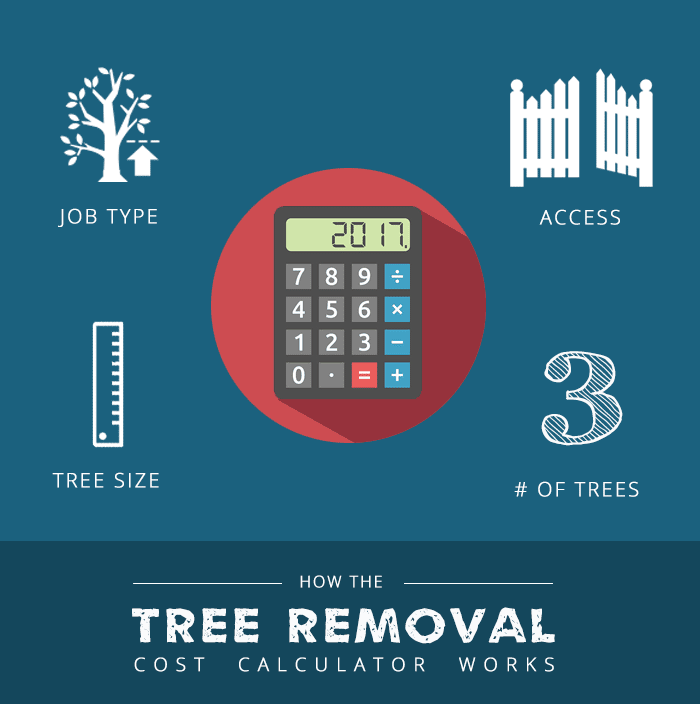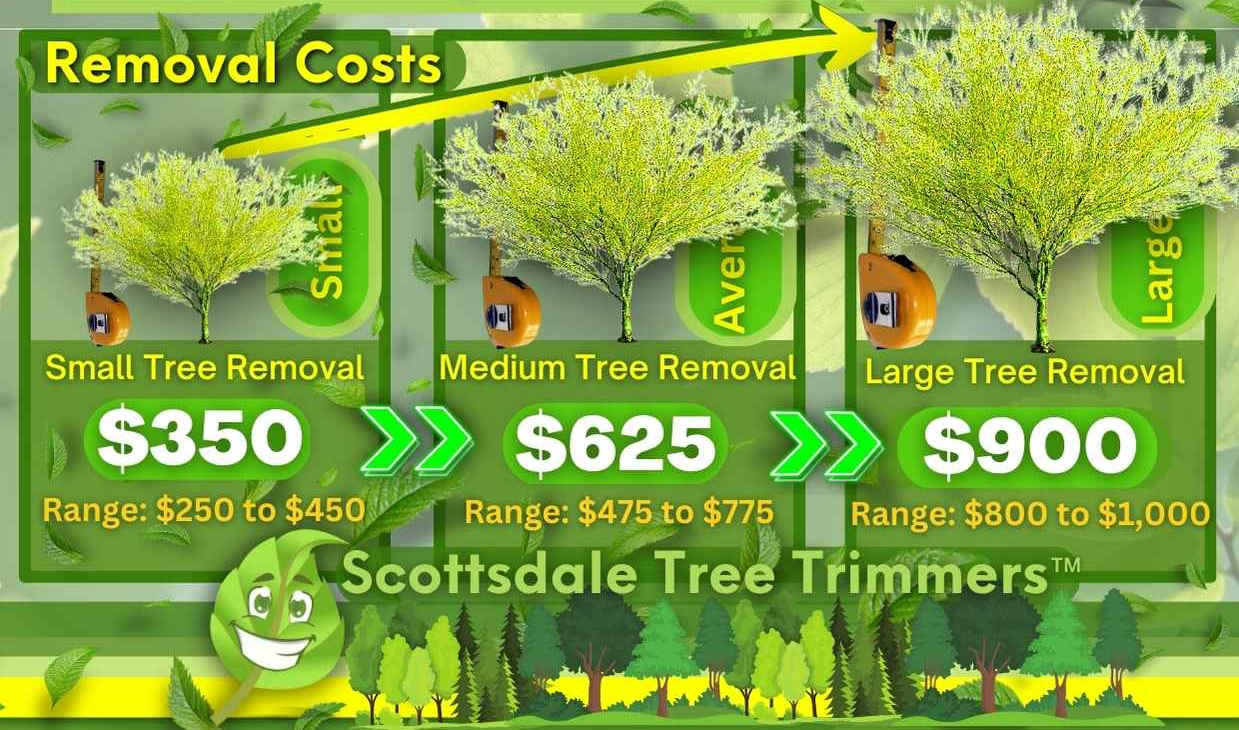Featured
Table of Contents
- – Is An Tree Service Expensive In North Little R...
- – Multi-Story Tree Clearing Costs In North Littl...
- – Winter Tree Clearing Pricing In North Little ...
- – North Little Rock, AR Tree Service Replacemen...
- – Small Arborist Costs In North Little Rock, AR
- – Temporary Stump Grinding Costs In North Littl...
- – Multi-Story Tree Clearing Costs In North Litt...
- – How Long Does An Stump Removal Installation ...
- – North Little Rock, AR Tree Cutting Reviews A...
- – North Little Rock, AR Tree Service: Price Vs...
- – North Little Rock, AR Stump Grinding Ratings...
- – Most Competitive Stump Removal Costs In Nort...
- – North Little Rock, AR Tree Service Pricing T...
- – North Little Rock, AR Tree Service Billing O...
- – North Little Rock, AR Tree Service Cost Over...

The subsections listed below supply more in-depth details about pricing, consisting of an average variety for each. TypeAverage Elimination CostPineConiferPalmMagnoliaArborvitaeAshCedarSweet GumEucalyptusSycamoreCypressOakMaplePoplar You can anticipate to pay between to get rid of a pine, depending upon its size. Removing a pine is one of the more budget-friendly tasks unless it is one that has actually been around for several years and is rather large.
Is An Tree Service Expensive In North Little Rock, AR
Pines also have a tap root that grows deep into the soil, which can show to be more hard to eliminate. The process itself includes an expert cutting the tree, clearing the base, cutting the surface roots, eliminating the stump, and lastly dealing with the soil. Without an expert hand, you run the risk of leaving pine seedlings behind, which will fall from the roots of distressed pines.
Multi-Story Tree Clearing Costs In North Little Rock, AR
The U.S. national average for conifer removal is around to have the conifer lowered, hauled away, and the stump ground or removed totally. Conifers are generally much easier to eliminate, and despite the fact that they can grow rather tall, they do not cost a fortune to remove. Conifers consist of pine, spruce, fir, and juniper trees.
Winter Tree Clearing Pricing In North Little Rock, AR
While conifers are beautiful, they kill native plants and particular types of lawn (arborist). The typical rate of palm removal depends on the height as much as the type, varying from.
North Little Rock, AR Tree Service Replacement Costs
That is why it is very important to understand which type you are eliminating. While you do not require an herbicide to kill a palm tree, there are some actions your removal specialist will need to require to make sure the job is done correctly. There are two methods they can eliminate them: by chopping them down or digging them up.
Small Arborist Costs In North Little Rock, AR
From there, they eliminate the actual tree and then the stump. Anticipate to pay in between to remove this type of tree, depending on the exact size and details of the job.
Temporary Stump Grinding Costs In North Little Rock, AR
There are 3 types: green, white, and black ash. White ash is known for its many colors. With its gray-tinged bark, its leaves are green or purple in the spring and golden yellow or purplish-red in the fall. They take pleasure in moderate environments and great deals of sun. The green ash is called such due to its green or yellow foliage.
Multi-Story Tree Clearing Costs In North Little Rock, AR

Due to the variation in height, the removal price variance is broad from. A coniferous, evergreen tree, the cedar is a hardy species.
How Long Does An Stump Removal Installation In North Little Rock, AR
The development of false cedars differs from 50 feet up to 230 feet high. With star-shaped leaves and spectacular fall colors, the sweet gum is thought about a medium to big tree.
North Little Rock, AR Tree Cutting Reviews And Prices
It has a big root base of 40 to 50 feet, which impacts the elimination cost. Normally, it costs between to remove a eucalyptus. Eucalyptus are not typical all over, but they are quite large compared to others, which is why even the smaller ones are so pricey to eliminate. Initially from Australia, eucalyptus are intrusive plants that grow in thick groves that take out native plants.
North Little Rock, AR Tree Service: Price Vs. Quality
There are a handful of methods to do this, including burning, pulling, grinding, or eliminating them with herbicide. Expect to pay between to remove sycamores, based on the height, trunk size, and amount of work involved. Sycamores are among the largest hardwood trees, usually varying from 60 to 100 feet high and as broad as 15 feet.
North Little Rock, AR Stump Grinding Ratings And Costs
The very first 2 actions will expose the insides of the tree and cut off the circulation of nutrients up the trunk. From there, an expert uses herbicide to kill the tree and cuts down the trunk.
Most Competitive Stump Removal Costs In North Little Rock, AR
There are several types of Cypress trees, but the most common are the Leyland, Arizona, Bald, and Italian. The Bald Cypress grows in swampy or extremely wet areas while the others take pleasure in a dry, warm, or hot environment (tree clearing). They can grow as tall as 80 to 100 feet tall
North Little Rock, AR Tree Service Pricing Tiers

Prone to illness, the Cypress is one of the most prized woods for furniture. The typical oak grows to around 60 feet, and depending upon the intricacy of the removal, it costs an average of to eliminate. The precise size of your oak and the effort needed to fell it impact what you will actually pay for removal along with any extra services like stump grinding.
North Little Rock, AR Tree Service Billing Options
Access to the trees and the roots will likewise impact the total expense. Maples can easily mature to 100 feet or more and typically expense between to eliminate from your home. The final rate depends upon the real height and complexity of the job. Maples are typically amongst the more costly trees to eliminate since of their size and the work associated with the removal.
North Little Rock, AR Tree Service Cost Overview 2025
Growing as high as 90 to 115 feet, these massive timbers are generally discovered in North America and include the aspen, cottonwood, and balsam trees. The process to get rid of trees involves all the trimming and cutting of the branches and trunk, bringing it down to a stump.
Table of Contents
- – Is An Tree Service Expensive In North Little R...
- – Multi-Story Tree Clearing Costs In North Littl...
- – Winter Tree Clearing Pricing In North Little ...
- – North Little Rock, AR Tree Service Replacemen...
- – Small Arborist Costs In North Little Rock, AR
- – Temporary Stump Grinding Costs In North Littl...
- – Multi-Story Tree Clearing Costs In North Litt...
- – How Long Does An Stump Removal Installation ...
- – North Little Rock, AR Tree Cutting Reviews A...
- – North Little Rock, AR Tree Service: Price Vs...
- – North Little Rock, AR Stump Grinding Ratings...
- – Most Competitive Stump Removal Costs In Nort...
- – North Little Rock, AR Tree Service Pricing T...
- – North Little Rock, AR Tree Service Billing O...
- – North Little Rock, AR Tree Service Cost Over...
Latest Posts
Eco-Friendly Tree Clearing Costs In Sonterra, TX
Breaking Down Tree Clearing Costs In Munhall, PA
Fort Scott, KS Arborist: Financing Plans
More
Latest Posts
Eco-Friendly Tree Clearing Costs In Sonterra, TX
Breaking Down Tree Clearing Costs In Munhall, PA
Fort Scott, KS Arborist: Financing Plans